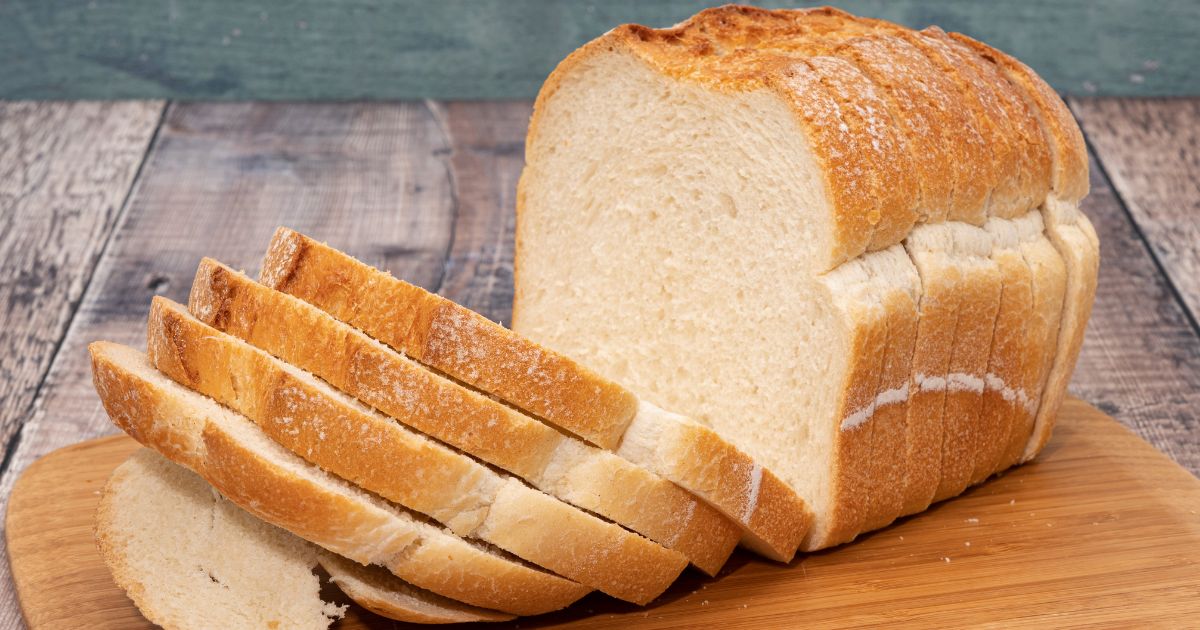Bread, a staple food consumed globally for centuries, holds a central place in diets across cultures and regions. From artisanal loaves to mass-produced sandwich bread, the bread market encompasses a diverse range of products catering to varying tastes, dietary preferences, and lifestyles. This article explores the dynamics, trends, and consumer behaviors shaping the contemporary bread market.
Historical Context and Cultural Significance
Bread has been a fundamental food item throughout history, symbolizing sustenance and community. Its evolution from basic flatbreads to intricate, specialized loaves mirrors culinary advancements and cultural diversity worldwide. In modern times, the bread market reflects a blend of tradition, innovation, and consumer demand for convenience without compromising quality.
Market Overview
The bread market is expansive and segmented, encompassing various types based on ingredients, production methods, and regional preferences. Major categories include:
- Artisanal and Specialty Breads: Handcrafted using traditional methods, often featuring unique flavors, textures, and ingredients such as seeds, nuts, and ancient grains.
- Industrial or Commercial Bread: Mass-produced varieties like sandwich bread, baguettes, and rolls, prioritizing consistency, affordability, and shelf-life.
- Gluten-free and Health-oriented Breads: Catering to dietary restrictions and health-conscious consumers, including options made from alternative grains like rice flour, quinoa, or oats.
- Organic and Natural Breads: Produced without synthetic additives or preservatives, appealing to consumers seeking minimally processed, sustainable food options.
Key Market Drivers
- Health and Wellness Trends: Increasing consumer awareness of nutrition and dietary health drives demand for whole grain, high-fiber, and low-sodium bread options.
- Convenience and On-the-go Lifestyles: Demand for pre-sliced, individually wrapped breads suitable for quick meals and snacks continues to rise.
- Premiumization: Growing interest in artisanal and specialty breads due to their perceived higher quality, unique flavors, and artisanal production methods.
- Regional and Cultural Preferences: Variations in bread preferences influenced by cultural heritage, regional cuisines, and local ingredients.
Challenges and Innovations
The bread market faces challenges such as:
- Competition from Alternatives: Substitutes like wraps, tortillas, and gluten-free products competing for consumer attention and market share.
- Health Concerns: Public perceptions regarding carbohydrates, gluten, and additives prompt innovation in healthier formulations and cleaner labels.
- Supply Chain and Sustainability: Issues related to sourcing ingredients sustainably, reducing food waste, and optimizing distribution networks.
In response, innovations include:
- Technological Advancements: Automation in production, baking technologies enhancing product consistency and efficiency.
- Clean Label Initiatives: Removal of artificial additives, preservatives, and genetically modified organisms (GMOs) to meet consumer demand for transparency.
- Functional Ingredients: Incorporation of ancient grains, seeds, and superfoods to enhance nutritional profiles and appeal to health-conscious consumers.
Consumer Behavior and Future Outlook
Consumer preferences in the bread market are evolving towards:
- Authenticity and Transparency: Preference for locally sourced ingredients, sustainable practices, and transparent labeling.
- Customization and Personalization: Demand for customizable bread options catering to specific dietary needs, flavor preferences, and lifestyle choices.
- E-commerce and Direct-to-Consumer Sales: Growth in online platforms allowing consumers to access specialty and artisanal breads from regional and international producers.
Read More Reports:
https://www.informesdeexpertos.com/informes/mercado-de-glp
https://www.informesdeexpertos.com/informes/mercado-de-extracto-de-raiz-de-kava
https://www.informesdeexpertos.com/informes/mercado-de-leche-a2
https://www.informesdeexpertos.com/informes/mercado-de-chocolate-en-colombia
https://www.informesdeexpertos.com/informes/mercado-de-logistica

